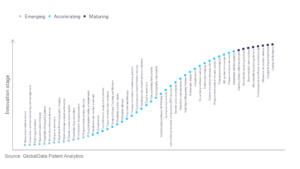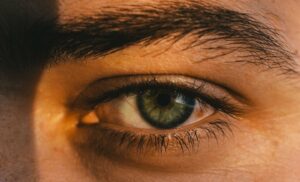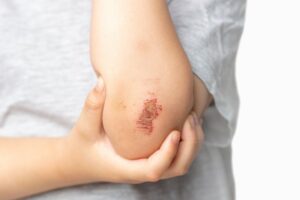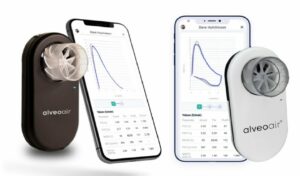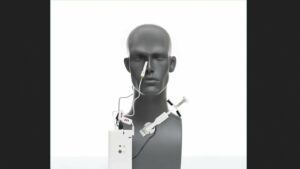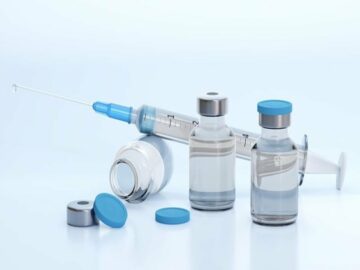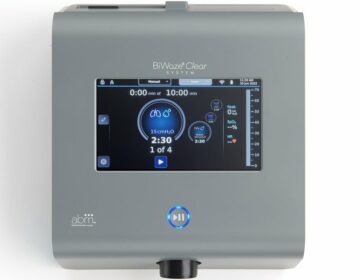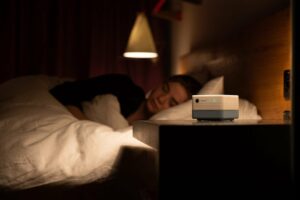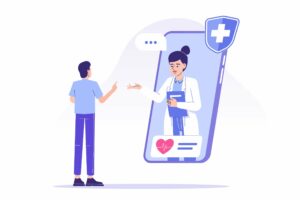<!–
–>
The medical devices industry continues to be a hotbed of innovation, with activity driven by increased need for homecare, preventative treatments, early diagnosis, reducing patient recovery times and improving outcomes, as well as a growing importance in technologies such as machine learning, augmented reality, 5G and digitalisation. In the last three years alone, there have been over 450,000 patents filed and granted in the medical devices industry, according to GlobalData’s report on Cloud in Medical Devices: Remote health monitoring networks.
However, not all innovations are equal and nor do they follow a constant upward trend. Instead, their evolution takes the form of an S-shaped curve that reflects their typical lifecycle from early emergence to accelerating adoption, before finally stabilising and reaching maturity.
Identifying where a particular innovation is on this journey, especially those that are in the emerging and accelerating stages, is essential for understanding their current level of adoption and the likely future trajectory and impact they will have.
150+ innovations will shape the medical devices industry
According to GlobalData’s Technology Foresights, which plots the S-curve for the medical devices industry using innovation intensity models built on over 550,000 patents, there are 150+ innovation areas that will shape the future of the industry.
Within the emerging innovation stage, CT angiography analysis automation, interactive nutrition monitoring and management, and clinical trials management systems are disruptive technologies that are in the early stages of application and should be tracked closely. Sensor integrated prosthesis, remote health monitoring networks, and AR/VR medical image visualisation are some of the accelerating innovation areas, where adoption has been steadily increasing. Among maturing innovation areas is the computer assisted surgeries, which is now well established in the industry.
Innovation S-curve for cloud in the medical devices industry
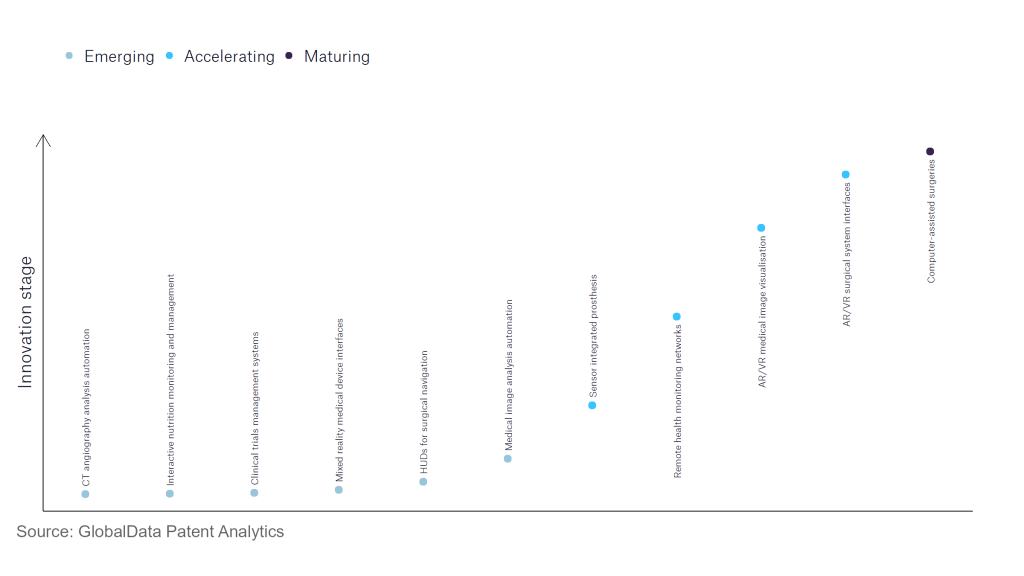
Remote health monitoring networks is a key innovation area in cloud
Remote patient monitoring (RPM) networks are used to send critical patient data to the proximate healthcare facility with very low end‐to‐end latency. To perform this process, patients’ statistics are delivered initially from Wireless Body Area Network (WBAN) to the patient’s mobile phone by using ISM band. From there, contemporary networks make use of a single wireless network alone to send the patient’s data to the closest healthcare facility.
GlobalData’s analysis also uncovers the companies at the forefront of each innovation area and assesses the potential reach and impact of their patenting activity across different applications and geographies. According to GlobalData, there are 150+ companies, spanning technology vendors, established medical devices companies, and up-and-coming start-ups engaged in the development and application of remote health monitoring networks.
Key players in remote health monitoring networks – a disruptive innovation in the medical devices industry
‘Application diversity’ measures the number of different applications identified for each relevant patent and broadly splits companies into either ‘niche’ or ‘diversified’ innovators.
‘Geographic reach’ refers to the number of different countries each relevant patent is registered in and reflects the breadth of geographic application intended, ranging from ‘global’ to ‘local’.
Baxter International is one of the leading patent filers in the field of remote health monitoring networks. Some other key patent filers in the field include Koninklijke Philips, Johnson & Johnson, and DexCom.
In terms of application diversity, Teva Pharmaceutical Industries leads the pack, followed by DEKA Research and Development and Amgen. By means of geographic reach, Mallinckrodt held the top position, Bayer and E. Merck in the second and third spots, respectively.
Health monitoring at home and in remote places has added a new dimension to the uncertainty and complicated process of receiving regular check-ups and can improve patients’ quality of life. With internet reaching remote places, the adoption of this service will increase in the future as it would allow a considerable reduction in healthcare expenditures by reducing physician and patient trips to hospitals, operational expenses of healthcare facilities, in-person visit expenses, and staff engagement.
To further understand how Cloud is disrupting the medical devices industry, access GlobalData’s latest thematic research report on Cloud Computing in Medical Devices.
- SEO Powered Content & PR Distribution. Get Amplified Today.
- Platoblockchain. Web3 Metaverse Intelligence. Knowledge Amplified. Access Here.
- Source: https://www.medicaldevice-network.com/data-insights/innovators-cloud-remote-health-monitoring-networks-medical-devices/
- 000
- 5G
- a
- accelerating
- access
- According
- across
- activity
- added
- Adoption
- All
- alone
- among
- analysis
- and
- Application
- applications
- AR/VR
- AREA
- areas
- around
- article
- augmented
- Augmented Reality
- auto
- Automation
- BAND
- before
- body
- breadth
- broadly
- built
- button
- Clinical
- clinical trials
- closely
- Cloud
- Companies
- complicated
- computer
- computing
- considerable
- constant
- contemporary
- continues
- countries
- critical
- Current
- curve
- data
- delivered
- Development
- Devices
- different
- digitalisation
- Dimension
- disruptive
- Diversity
- driven
- each
- Early
- either
- emergence
- emerging
- engaged
- engagement
- especially
- essential
- established
- Ether (ETH)
- evolution
- expenses
- facilities
- Facility
- field
- Finally
- follow
- followed
- forefront
- form
- from
- further
- future
- geographic
- geographies
- GlobalData
- granted
- grants
- Group
- Growing
- Health
- healthcare
- Held
- Home
- hospitals
- How
- HTTPS
- identified
- image
- Impact
- importance
- improve
- improving
- in
- include
- Increase
- increased
- increasing
- industries
- industry
- initially
- Innovation
- innovations
- innovators
- instead
- integrated
- Intelligence
- interactive
- Internet
- IT
- journey
- Key
- largest
- Last
- Latency
- latest
- leading
- Leads
- learning
- Level
- Life
- likely
- LINK
- Low
- machine
- machine learning
- make
- management
- maturity
- max-width
- means
- measures
- medical
- medical devices
- Merck
- Mobile
- mobile phone
- models
- monitoring
- Need
- network
- networks
- New
- news
- number
- nutrition
- offices
- official
- ONE
- operational
- Other
- Pack
- particular
- patent
- Patents
- patient
- patient data
- patient monitoring
- patients
- perform
- Pharmaceutical
- phone
- physician
- Places
- plato
- Plato Data Intelligence
- PlatoData
- players
- position
- potential
- primary
- process
- produce
- provided
- provider
- quality
- ranging
- reach
- reaching
- Reality
- receiving
- recovery
- reducing
- refers
- reflects
- registered
- regular
- relevant
- remote
- report
- research
- research and development
- respectively
- Second
- service
- Shape
- Share
- should
- single
- solid
- some
- specific
- Splits
- Staff
- Stage
- stages
- start-ups
- statistics
- such
- SVG
- Systems
- takes
- Technologies
- Technology
- terms
- The
- The Future
- the world
- their
- thematic
- Third
- three
- times
- to
- top
- trajectory
- Trend
- trials
- typical
- Uncertainty
- underlying
- understand
- understanding
- upward
- use
- vendors
- which
- will
- wireless
- world
- world’s
- would
- years
- Your
- zephyrnet

